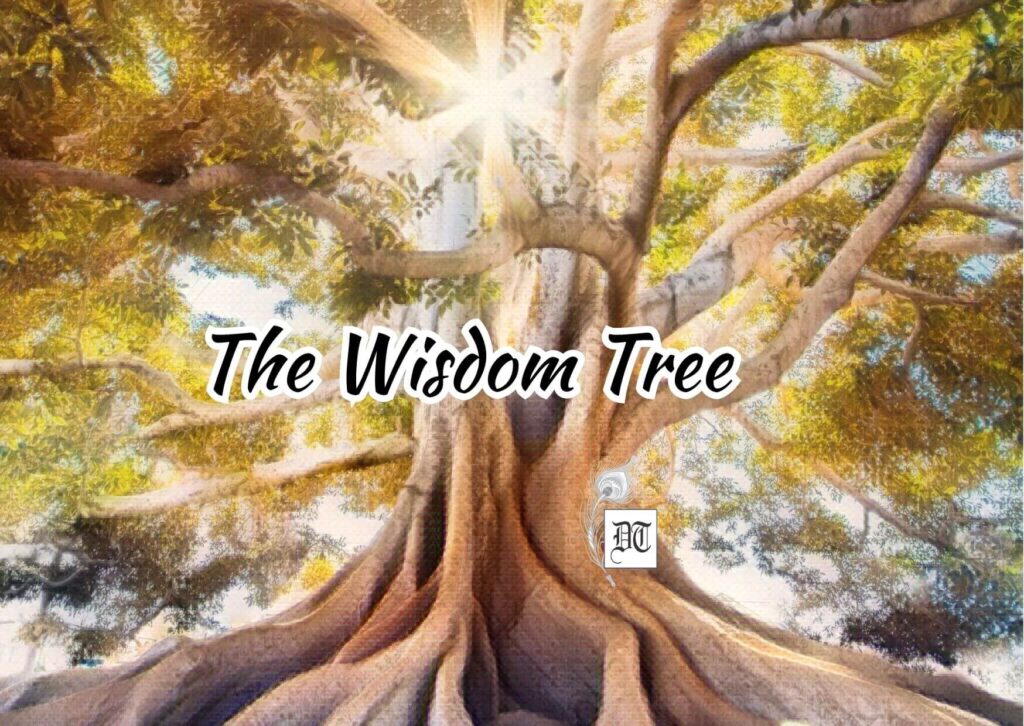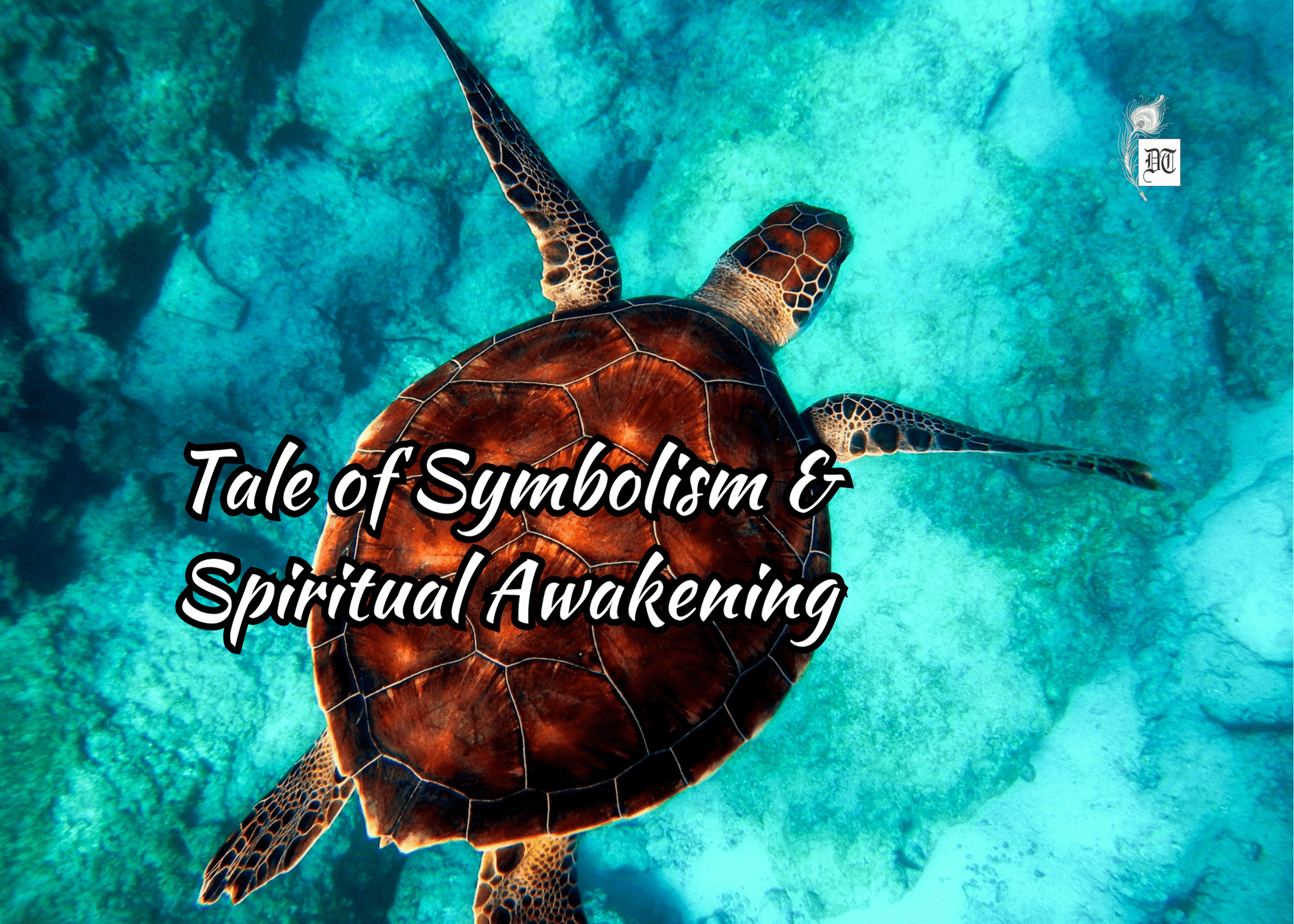Samudra Manthan, a Hindu mythological narrative that symbolizes humanity’s rise, the struggle between good and evil, and spiritual growth, deliberates Rajul, an exclusive for Different Truths.

You might have seen art forms, read writings, watched theatre, and experienced ‘Samudra Manthan’ in your life several times at several points in time. It is not a fairy tale. It is not just a fascinating story. It is the truth presented in the beautiful casket of a tale to humankind. Our scriptures speak to us in several ways, but the reading boils down to stories.
Why stories?
Because they create a world inside our brain where it processes the images and gathers lessons or morals from there, “Samudra Manthan‘ is not an ordinary tale; it is intellectual imagery that uses symbolism to represent the rise of humanity, the duties of ‘devas’ (gods), and hindrance by ‘daanavas’ (demons). It means god at the core of the base and god as the protector of faith and faith itself. It culminates in the design of the universe and its purpose all at once.
Among the highly revered stories in Sanatan Dharma, or modern-day Hinduism, this story dates to when humans didn’t come into being. There were demons and lords of the heavens, known as ‘daanavas’ and ‘devas,” who engaged in the great tug of war, resulting in the churning of the cosmic ocean and the discovery of several beneficial, divine boons as well as ‘halaahal,” the ultimate venom or poison, which could end all the life that existed in the universe altogether.
The churning of the ocean, known as ‘Saagar or Samudra Manthan‘, also resulted in getting the elixir of life as a byproduct …
The churning of the ocean, known as ‘Saagar or Samudra Manthan‘, also resulted in getting the elixir of life as a byproduct; it was only for obtaining this elixir that they ended up getting several treasures and even poison from the depths. This elixir of life went to the ‘devas’, no matter how hard the “daanavas’ tried to have it.
Lord Vishnu knew that ‘daanavas’ are not devoid of their true nature of being unruly, ruthless, and conscienceless, and hence do not deserve to drink the elixir (amrita). This elixir lends immortality, and the human body can’t be immortal. Still, they must churn themselves until they realize this elixir of spiritual knowledge: their soul is immortal.
The narrative of the churning of the cosmic ocean is intelligent symbolism. Most of the stories told in Hindu mythological or holy scriptures show the strength of symbolism in this case. The cosmic ocean is an endless space; churning is the continuous movement back and forth, enabled by two opposite forces.
It explains the continuous movement of space and its expansion because churning leads to a bursting core …
It explains the continuous movement of space and its expansion because churning leads to a bursting core and its evolution at first before containment once again. It is a never-ending ‘Samudra Manthan’. This churning of the ocean gave birth to life and the pleasures of life on Bhuloka (the realm of earth and earthlings). The ‘Saagar Manthan’ picture represents Mandara Parwat (the earth element and life), the axis of this tug of war’s churning and focal point.
The pleasures facilitating life on earth are all kinds of luxury and money (Lakshmi and Kuber), life-building food that makes bones and body right from the beginning based on milk (Kamdhenu), the flight of several desires (Uchhaishravas), the need to ride great power and wisdom (Airavat), the eternal sound of the soul (Panchajanya Shankh), and many more symbolic entities. All these together denote a life form, the ‘Maanavs’ of human beings.
All boons obtained from ‘Samudra/Saagar Manthan’ were taken by ‘devas’. That means these ‘devas’ are bound by their duty of looking after life on earth and guiding the lives of ‘maanavas’. They are assigned different tasks to run the universe by their master, Lord Vishnu. As the hidden power of God, Lakshmi reveals herself to become the consort of Lord Vishnu, as He is the ultimate provider and preserver of the system.
The story created symbolism to help ordinary people understand the concept of the universe …
The story created symbolism to help ordinary people understand the concept of the universe and our existence together in a diagrammatic manner. The people who possessed the knowledge of cosmic science, and were spiritually uplifted, narrated a story of faith, resilience, perseverance, and an unwavering determination to enhance their spiritual strength continually. Devas never had stories; daanavas never had stories; only maanavs have them, and others feature in them. They feature there. The powerful symbolism of ‘Samudra Manthan’ is a testimony to the might of a transforming story with a higher intelligence at work.
There is no Hindu scripture, the Vedas, Puranas, or Sanhitas, where you won’t find mention or imagery of the great ‘Samudra Manthan’. At the base of every churning is life originating from the depths; the foundation holding this entire process together on His back is Lord Vishnu, the preserver Himself. It is said that God, even in imagination, is the only truth. The fulcrum of truth lies in the depths. Only He can survive that depth and resource all life forms from there.
The destroyer – ‘Shiva’- becomes the greatest of all protectors as he drinks all the ‘halaahal’…
The destroyer, “Shiva,” becomes the greatest of all protectors as he drinks all the ‘halaahal’ and eternally keeps it in his throat with his yogic powers. Humans and mammals die by tying the throat, or ‘Kantha’. It is where the ‘halaahal’ resides. ‘Shiva’, on the other hand, has the serpent ‘Vasuki’ locking the ‘halaahal’ in his throat forever. ‘Shiva,” hence, denotes the one who sacrifices not because He has to but because that is what one is made for, for the betterment of life and humanity. Humans come and go, and humankind must be preserved and protected at any cost. The ‘halaahal’ of materialism, corruption, and cruelty must be contained in life at any cost.
This eternal ‘Samudra Manthan’ is going on inside and outside us. We are being churned and must make our ‘devas’ (the good) win. We have to pull hard from that side, keep pushing ourselves, maintain a balance, gain knowledge, learn the lessons, and last but not least, become one on the spiritual level to ascend out of Bhuloka one day.
Picture design by Anumita Roy





 By
By
 By
By

Thank you for an enlightening read.